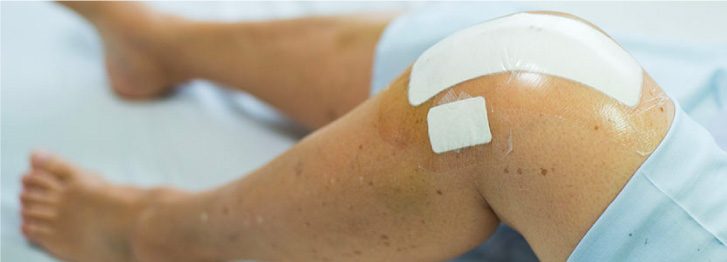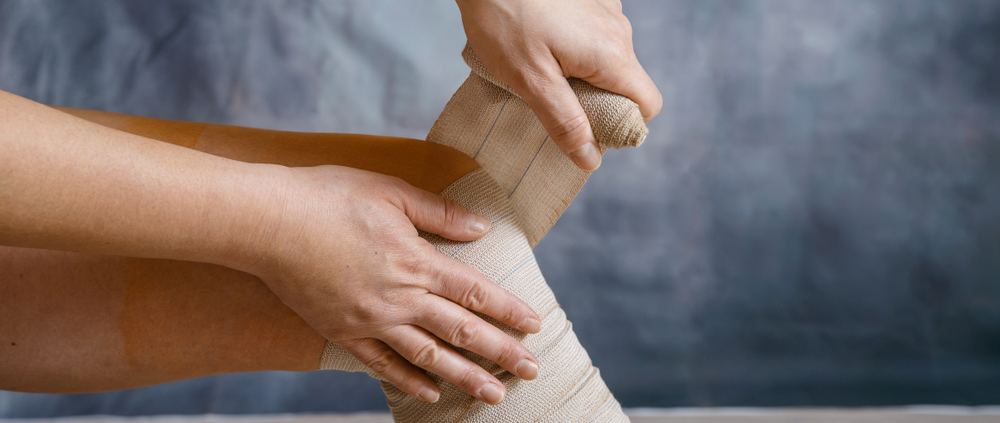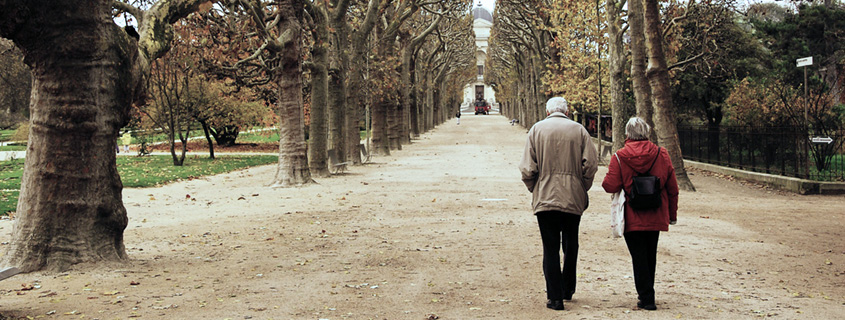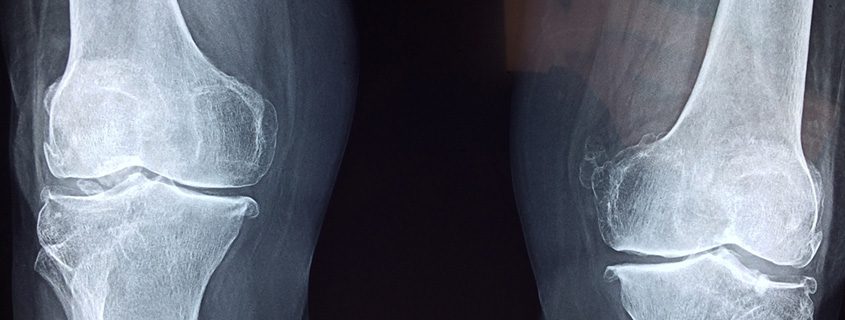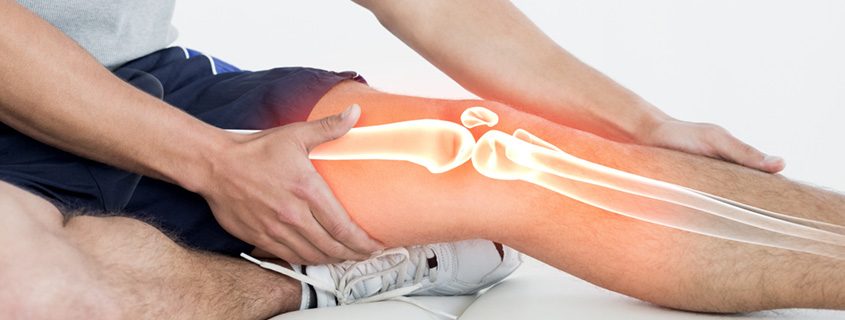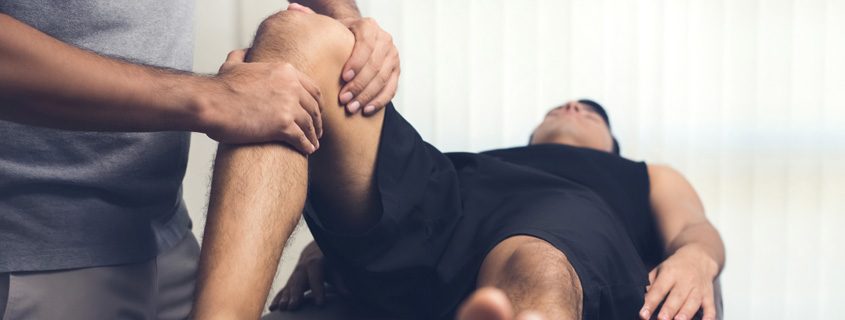by Stacey Colino, AARP
If you’ve walked, jogged and hiked this far without any major knee trouble, there’s more you can do than thank your lucky stars. A few basic steps can help you protect your knees as you age.
Besides being the largest joint in the human body, “the knees are unique in that the motion involved is very complex,” says Sanjeev Bhatia, an orthopedic sports medicine surgeon and codirector of the Northwestern Medicine Hip and Knee Joint Preservation Center at Central DuPage Hospital in Winfield, Illinois. “The knee has three compartments, any of which can cause pain with wear and tear.”
With the passage of time, a certain amount of wear and tear on your joints is inevitable. But it doesn’t have to affect the way your knees feel, function or move. If you experience a clicking or popping sensation in the joint when you walk, bend or lunge, but there’s no pain or swelling, you don’t need to worry about it, says Dennis Cardone, D.O., an associate professor of orthopedic surgery and sports medicine at NYU Langone Health in New York City. On the other hand, if you have pain or swelling with that clicking or popping, it’s best to schedule a visit to your doctor.
Otherwise, to minimize your risk of experiencing pain, stiffness and inflammation in your knees, take these steps to protect these essential joints.
Read more

